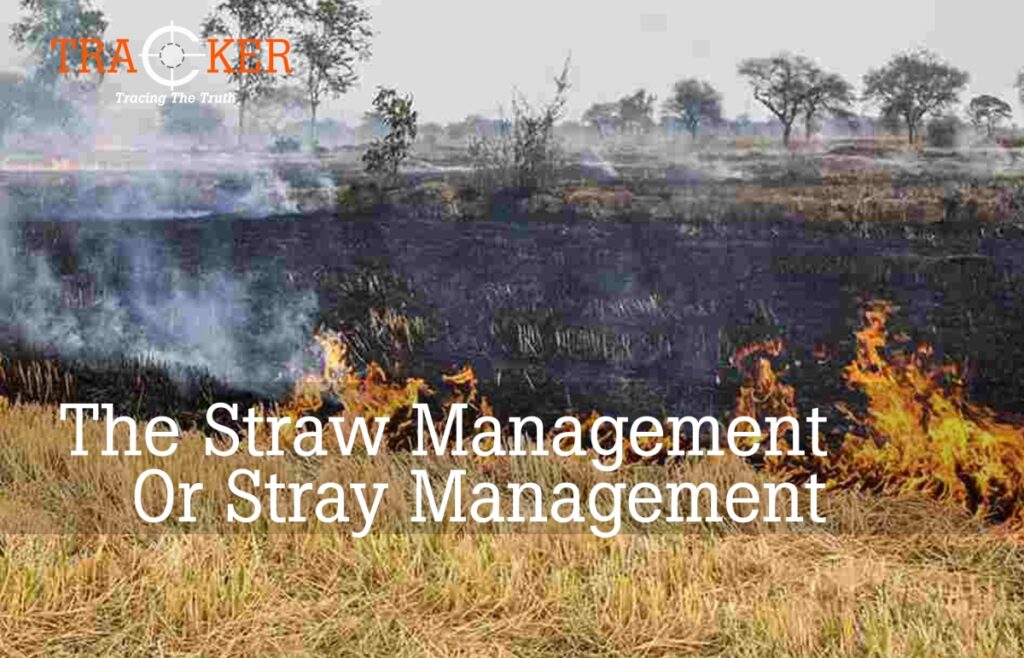
“The fire doesn’t know the directions, unfortunately, if it’s a windy day, it will char everything that comes on its way“.
The beautiful, green, eye soothing fields of Punjab turn black on the every harvest of wheat and paddy. The deserted, charred look of the farms not only disturbs our eyes but poses a dangerous threat to the environment.
Collectively, rice and wheat occupy approximately 2.65 million hectares area under cultivation. The wheat straw is manageable to some extent is it can be collected with the help of a straw combine. The main culprit is the paddy straw, the production of which is about 22 million hectares in the “granary of India”; such enormous volume of it is mostly wasted. The stubble removal from the farms can incur high cost to the farmers, so they opt for something cheaper and set their farms on fire, totally ignoring the aftermath of it.
First of all the fire destroys vital nutrients in the soil, which are indispensable for the plant growth. In addition to this, the vegetation friendly worms and bugs are also killed. Every time, this malpractice of burning the paddy stubble is carried out, the soil quality degrades. In long run soil degradation can take the serious form. A field on fire is danger to the nearby buildings, houses, properties, assets and vegetation. The fire doesn’t know the directions. Unfortunately, if it’s a windy day, it will char everything that comes on its way. It can easily ignite the surrounding flora.
The field fires create lots of smoke that reduces the visibility on the roads that pass through these land pieces. Many accidents have occurred in recent past owing to this. In May 2022, near Batala, Punjab, two school students got badly burnt when their school bus which was carrying around 10 students careened off the road into a burning field as the driver had lost control over the vehicle due to visibility issues.
The risk for the travelers on these roads is always high. If there is even a small leakage of fuel from the fuel tank of the vehicles passing on the roads surrounded by fire, the vehicle can get badly trapped in fire and the chances of human survival in such cases are negligible. Similar accident had taken place near Nakodar when a pillion rider named Vikram Kumar got badly burnt when his bike caught fire.
A ton of residual paddy stumps on fire produces approximately 1.55 kg Carbon dioxide (CO2), 92 Kg Carbon mono oxide (CO), 3.83 Kg Nitrogen oxide and many more hazardous gases. Cities like Delhi become gas chamber when the neighboring states of Punjab and Haryana burn Stubble in fields. Delhi is a national capital, so it’s often talked about, but the pollution caused by these fires is equal everywhere and can’t be ignored. So along with the soil health, human health is also under stress. Is feeding humans at the state of their health, worth?
Safeguarding the environment and going eco– friendly is often talked by the government but hardly any measures are taken. There are laws which ensure punishment and penalty for the defaulters. But it is seen that they go scot free just with a warning.
The department suggests various techniques and a couple of agricultural gadgets especially meant for this purpose, but doesn’t ensure that those methods are incorporated by the farmers.
Although, they may have certain limitations and may not be viable but burning the paddy straw and stubble for its management should be completely out of question. Strict action is the need of the hour.